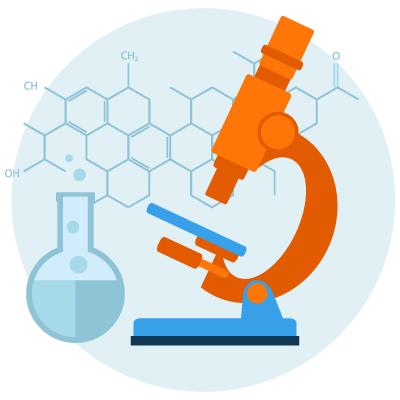Multiple sclerosis (MS) is a complex autoimmune and neurodegenerative disease with no clear cause and no known cure. People with MS indicate that their greatest unmet need is new treatments to protect and repair the brain and spinal cord.
Professor Kaylene Young leads a multidisciplinary team of laboratory scientists, clinicians, biostatisticians, epidemiologists, geneticists, MS advocates and people living with MS, representing diverse experiences and vital perspectives to bridge the gap between MS research and practice. Their goal is to carry out laboratory research to identify signalling pathways that lead to the development of MS, learn how brain circuit function is impacted by MS, and design and translate treatments to protect and repair the brain. For this project:
Over the past year, Professor Young and her team recruited more than 100 people with MS into their phase II trial to examine the effects of transcranial magnetic stimulation (TMS) on MS symptoms and MRI brain scans. Data analysis has commenced, and the complete results of the trial will be released later in 2025.
The team also continued with their preclinical study, finding that nerve cells become increasingly more sensitive to stimulation following myelin loss. Excessive stimulation, in turn, can lead to nerve cell death. This may explain how myelin loss leads to loss of nerve cells and the progression of MS. Additionally, the team found that remyelination reversed this effect, returning the nerve cells to normal. Thus, treatments that restore myelin could help protect nerves.
Over the next 12 months, Professor Young and her team will continue analysing a laboratory model to understand what gene changes do to different cell types and how they can influence MS disease processes.
$650,000
2022
5 years
Current project




